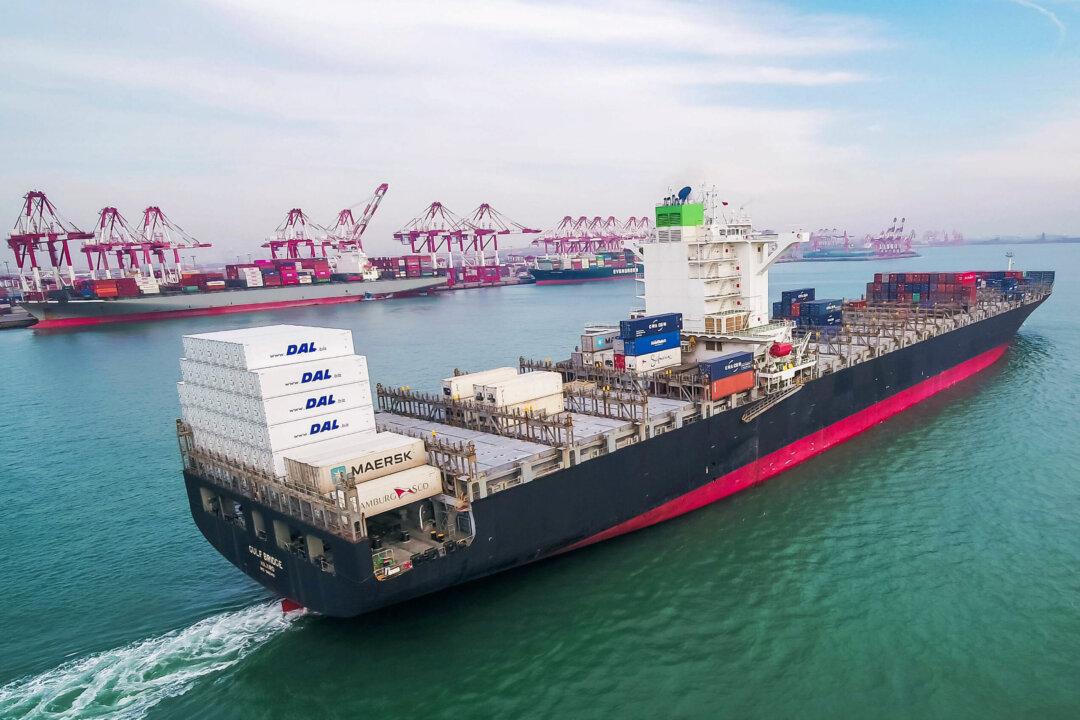News Analysis
Under the impact of the Sino-US trade war, China’s economy has continued to decline. Domestic demand is weak, foreign trade is stagnant, and China’s textile and garment industry is in deep trouble after a wave of production closures.

Under the impact of the Sino-US trade war, China’s economy has continued to decline. Domestic demand is weak, foreign trade is stagnant, and China’s textile and garment industry is in deep trouble after a wave of production closures.